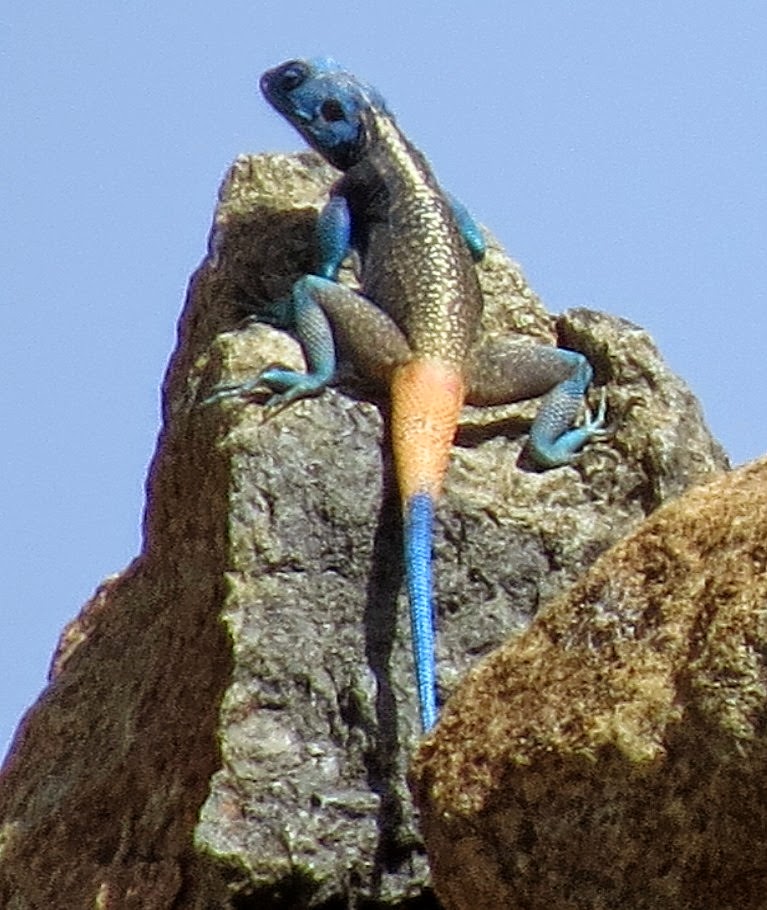However because of poor airline connections, I had a stop over in Istanbul on July 23th.
I took the opportunity to bird around the Topkapi area (in Gulane park) which is within walking distance of my hotel. I have done this before but at different times of year.
adult great tit bathing
The park is too well tended in a sense. There are very few bushes and low trees but lots of tall ones providing welcome shade for walkers. This configuration favours birds large birds including parakeets as against passerines.
Nevertheless a few passerrines thrive. The most obvious is great tit which is helped by nest boxes being placed out part way up the tall trees.
young great tit
There was plenty of evidence of young birds and so a succesful breeding season.
young great tit bathing
I struggled to find any warblers. However in one corner of the park there are smaller trees and sure enough I came across some noisy Eastern olivaceous warbler.
Eastern olivaeous warbler
It was difficult to get a straight and prolonged view.
Eastern olivaeous warbler in the sun
Other smaller birds were limtied to house sparrow, common starling and common myna.This was the first time I had seen this latter bird in Istanbul as this pest moves closer to the rest of Europe.
common starling
The park is mostly the playground of larger birds. I didn't see Alexandrine parakeet this time but rose ringed parakeet were easily seen.
house crow
Hooded crow is certainly the most common larger bird at least at this time of year.
Magpie
Numbers of magpie were much more limited.
Laughing dove
Like common myna, the range of laughing dove is still expanding. They reached Tbilisi, Baku and Istanbul over 25 years ago and its difficult to believe they wont colise southern Europe more genrally.
adult yellow legged gull
Gulane park is only 100 metres from the sea at its closest so its not surpising that yellow legged gull makle it into the park.
young yellow legged gull
The fledgling yellow legged gull above was incredibly tame.
cormorant
The visit to Gulane park was short and light relief. Ironically the first place I visited in Kurdistan was a park in central Sulaimani. That is the subject of the next blog.


















































